Turf Toe Treatment at Foot Foundation
Turf toe is a big toe sprain from forced hyperextension, common on hard surfaces and in flexible shoes. Without protection and rehab, stiffness and arthritis may follow.
At Foot Foundation, we stage care from rest and immobilisation to graded mobility and strengthening. Stiff inserts or carbon plates, footwear upgrades, and imaging access keep you progressing; complex tears are referred promptly.
What is Turf Toe?
Turf toe is a sprain of the big toe joint (first metatarsophalangeal joint), caused by forced hyperextension of the toe. It occurs when the toe is bent upward excessively, stretching or tearing the supporting ligaments, joint capsule, and sometimes the plantar plate or sesamoids.
The condition is especially common in athletes who play on artificial turf or hard surfaces—hence the name "turf toe." At Foot Foundation, we provide specialist diagnosis, treatment, and rehabilitation to ensure safe return to sport and prevent long-term stiffness or arthritis.
Causes & Risk Factors
Sports trauma – football, rugby, netball, basketball, gymnastics, or martial arts
Artificial turf & hard surfaces – increase friction and resistance during toe push-off
Footwear – flexible-soled shoes that fail to stabilise the big toe
Direct force – falls, tackles, or stubbing the toe into the ground
Overuse – repetitive stress in runners or dancers
Anatomical factors – flat feet, limited ankle mobility, or forefoot instability
Treatment at Foot Foundation
Acute management (first 48 hours): rest, ice, compression, elevation (RICE)
Immobilisation – taping, strapping, or use of a stiff-soled shoe/boot to protect healing
Custom orthotics – stiff inserts or carbon fibre plates to limit painful dorsiflexion
Footwear advice – shoes with firm soles, shock absorption, and forefoot stability
Manual therapy & mobilisation – restore range of motion once healing begins
Exercise rehabilitation – strengthening intrinsic foot muscles, calf complex, and balance
Shockwave therapy – for chronic turf toe pain or delayed healing
Referral for imaging or surgery – in severe ligament tears, joint instability, or cartilage damage
Symptoms
Sudden pain at the base of the big toe after injury
Swelling, bruising, and tenderness around the joint
Difficulty pushing off during walking, running, or jumping
Reduced range of motion and stiffness
In severe cases: joint instability or dislocation
Long-term risk: chronic pain or hallux rigidus (arthritis) if not treated properly
Diagnosis
At Foot Foundation, diagnosis includes:
History of injury – sudden hyperextension or direct trauma during sport
Clinical examination – swelling, bruising, pain with toe movement, joint stability
Imaging:
X-ray – to rule out fracture or sesamoid injury
MRI – gold standard for assessing ligament, plantar plate, and cartilage damage
Turf Toe – FAQs
Turf toe is a sprain of the big toe joint caused by forced upward bending, leading to ligament and joint capsule injury.
It usually occurs in athletes from sudden hyperextension on hard surfaces, often during push-off, falls, or tackles.
Sudden pain, swelling, and bruising at the big toe joint, with difficulty pushing off when walking or running.
Diagnosis is made with a clinical exam and imaging. MRI is often used to assess ligament and cartilage injury.
Yes. Most cases heal with rest, immobilisation, and podiatry rehab. Severe tears or dislocations may require surgery.
Yes. Orthotics with stiff plates or forefoot support reduce painful toe bending and protect the joint during healing.
Shoes with firm soles, cushioning, and stiff midsoles are best. Flexible or minimal shoes should be avoided.
Mild sprains: 2–4 weeks.
Moderate sprains: 4–6 weeks.
Severe cases: 3 months or longer, especially if surgery is needed.
Yes. Without proper treatment, turf toe may lead to chronic instability, hallux rigidus (arthritis), or recurrent pain.
If you have sudden big toe pain after injury, swelling, or difficulty pushing off, see a podiatrist promptly to prevent complications.
Why Choose Foot Foundation?
Foot Foundation provides specialist turf toe care, integrating podiatry and physiotherapy expertise. We combine orthotic therapy, footwear optimisation, rehabilitation, and manual therapy to restore function and support safe return to sport.
With clinics in Rosedale, Takapuna, Remuera, Botany, Hamilton, and Tauranga, expert sports podiatry care is available across New Zealand.




